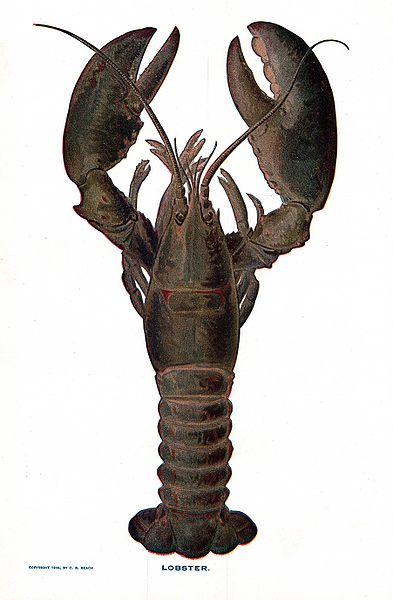
The famous clawed lobster, Homarus americanus
On Wednesday, August 3rd, a group of Tibetan Buddhists released more than 500 lobsters back into the Atlantic Ocean in honor of wheel turning day, the anniversary of the first sermon Buddha taught. By saving the lobsters from death, extra karma is earned and everyone walks or swims away better off. (For more details on the lobster release check out the story that ran in the Guardian.)
But does releasing animals into the wild always provide good karma? Definitely not!
In fact, releasing animals into the wild is extremely risky business unless you know what you’re doing. In the case of the Tibetan Buddhists, they followed one of the most important rules of releasing animals into the wild: only release animals into the same exact place and ecosystem they originally came from.
By freeing the lobsters back into their native Atlantic Ocean home off the coast of Gloucester, Massachusetts, the Tibetan Buddhists are not putting any other animals at risk because the animals in that habitat have adapted to survive in the company of clawed lobsters and the natural order of things remains in balance.
But what if they had decided to release more than 500 clawed lobsters into the ocean off Southern California?
I’ve asked a lot of marine biologists this very question and the answers vary, but the consensus is that it’s a horrible idea. Many speculate that clawed lobsters couldn’t survive off Southern California, the water is much warmer here and clawed lobsters prefer the much colder water of the north Atlantic Ocean. So instead of dying in boiling water, the lobsters would die from being in an ocean that’s just too warm.
But the much scarier worst case scenario is that the clawed lobsters actually manage to survive and then wreak havoc on Southern California’s ecosystem and potentially wipe out the California spiny lobster. The California spiny lobster doesn’t have claws so it’s not in a position to defend itself against a clawed lobster. This scenario would also lead to a lot of bad karma because freeing clawed lobsters would lead to the death of many other animals.
What’s the moral of the story? Don’t free animals into the wild. And if you insist on doing so, contact your local Department of Fish and Game first to find out if it’s safe. Because the worst case scenario is not something you want on your conscience.
Leave a Reply